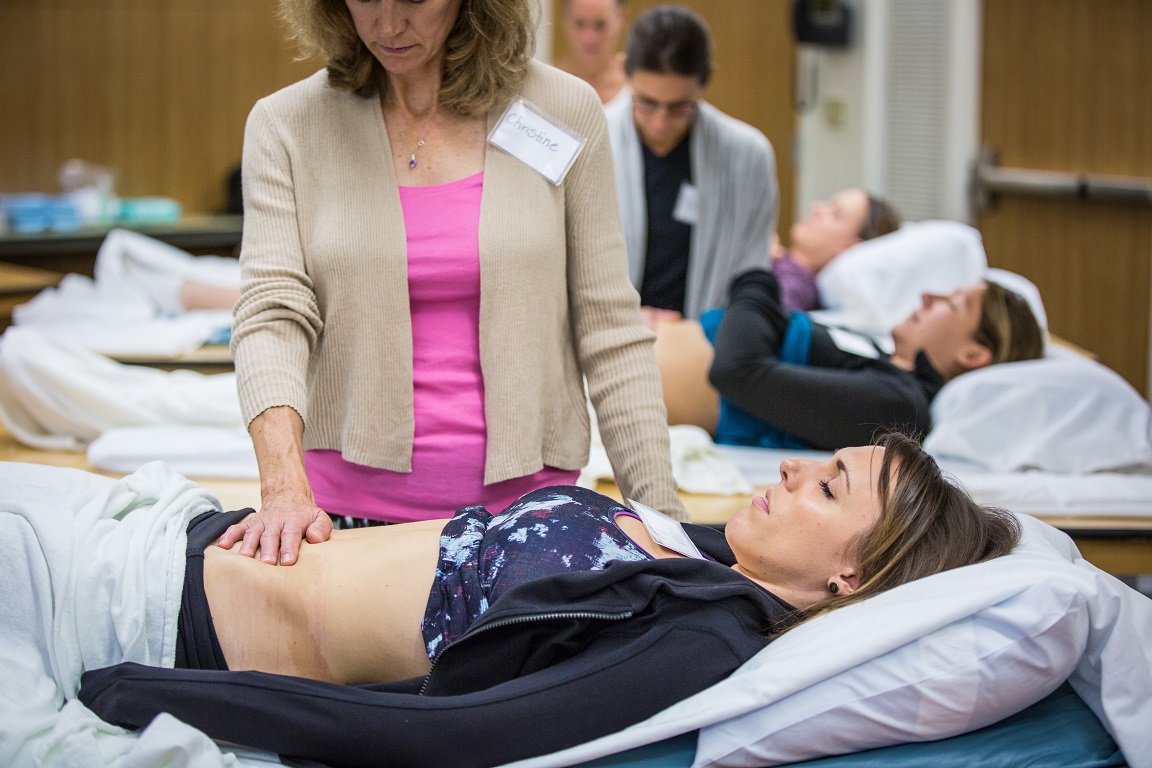Pelvic Health in Geriatric Women
Oftentimes in the blog we address specific populations, perhaps involving pediatrics, post-prostatectomy patients, or patients who have oncology-related issues. Another population that deserves more focus is the geriatric population. If we consider who and where the women are who may be dealing with the highest level of pelvic dysfunction, we are led to the women in their later decades of life. A major challenge for geriatric women is that many pelvic rehab therapists are not reaching them: outpatient clinics tend to cater to younger patients, and for the women who are in living settings other than their own home, there are few therapists trained to address pelvic floor dysfunction such as incontinence or prolapse. Now seems like a great time to remedy these issues, as the Institute has created a course specific to geriatric patients.
What is different about pelvic floor evaluation and intervention in the geriatric population? This is a broad question with a range of important answers, but we can start with this one: what is different about the pelvic floor exam for women of geriatric age? Following are a few key thoughts. (You can find even more information about recommendations for pelvic exams and the use of speculums in the medical clinic in this article published in the Journal of Women’s Health.
 Geriatric patients may require assist for positioning on the examining table, including use of a high-low table or assistive devices for transitions. If a patient cannot tolerate the supine hooklying position for an exam, she may be able to tolerate either a frog-leg position (supine with with bent, heels together, knees abducted) or left sidelying with an assistant holding the top leg in a position for best viewing. Women of older age may have atrophic vaginitis, or thinning of the tissues that creates fragility, and a pelvic muscle assessment may need to be completed externally via observation, palpation, or with external sensors and biofeedback. Age-related changes such as difficulty with vision, hearing, or with complex instructions may require adaptations in exam strategies and sequencing.
Geriatric patients may require assist for positioning on the examining table, including use of a high-low table or assistive devices for transitions. If a patient cannot tolerate the supine hooklying position for an exam, she may be able to tolerate either a frog-leg position (supine with with bent, heels together, knees abducted) or left sidelying with an assistant holding the top leg in a position for best viewing. Women of older age may have atrophic vaginitis, or thinning of the tissues that creates fragility, and a pelvic muscle assessment may need to be completed externally via observation, palpation, or with external sensors and biofeedback. Age-related changes such as difficulty with vision, hearing, or with complex instructions may require adaptations in exam strategies and sequencing.
Another article which summarized guidelines for pelvic exams and cancer screening in women over age 65 discusses the importance of screening women of all ages. Because, as the authors point out, women over 65 are more likely to develop “late stage diagnoses of cancers, pelvic organ disease, incontinence, and infections…”, practitioners should encourage women to continue to seek expert care for screening of such diseases and conditions. The article also discusses the lack of access to gynecologic care in settings like nursing homes and assisted living, leaving women at risk for not having routine exams and screening.
There is much to learn about the pelvic rehabilitation process for geriatric patients of all genders. Herman & Wallace faculty member Heather Rader has offered her expertise in the field of geriatric pelvic rehab and is prepared to discuss not only the common conditions, modifications to evaluation and intervention, but also nuts and bolts topics like documentation, billing, and all things Medicare! You still have time to schedule a warm, sunny break for the coming winter as the continuing education course will take place in Florida in January!
By accepting you will be accessing a service provided by a third-party external to https://www.hermanwallace.com/






































